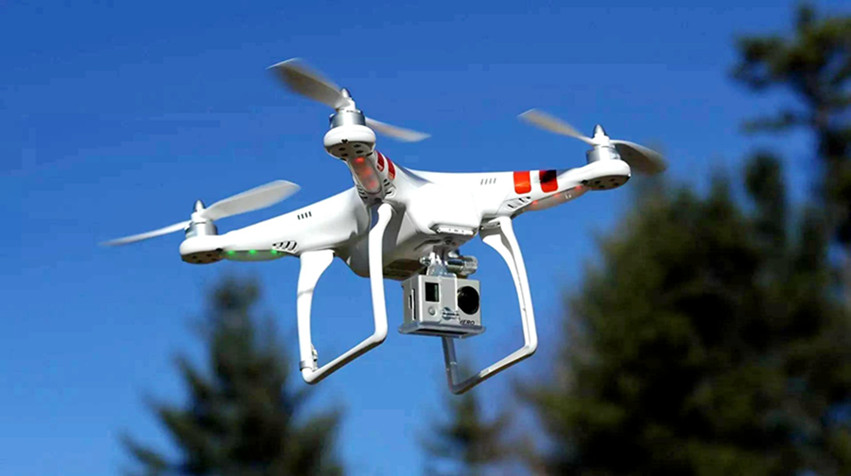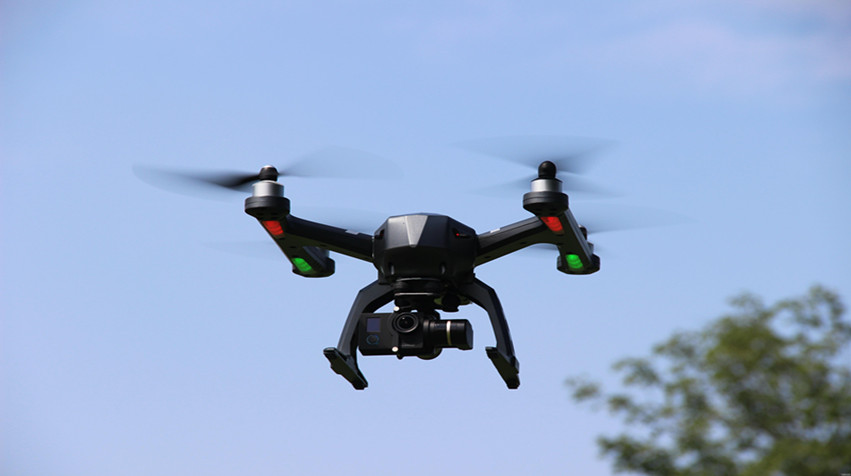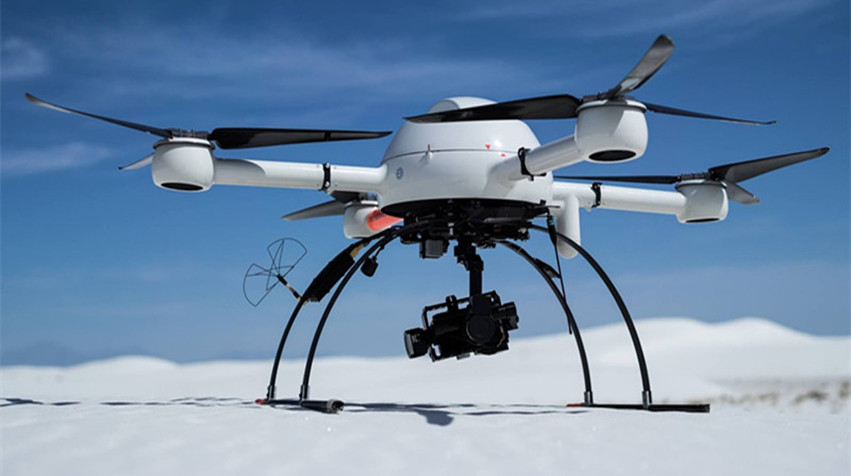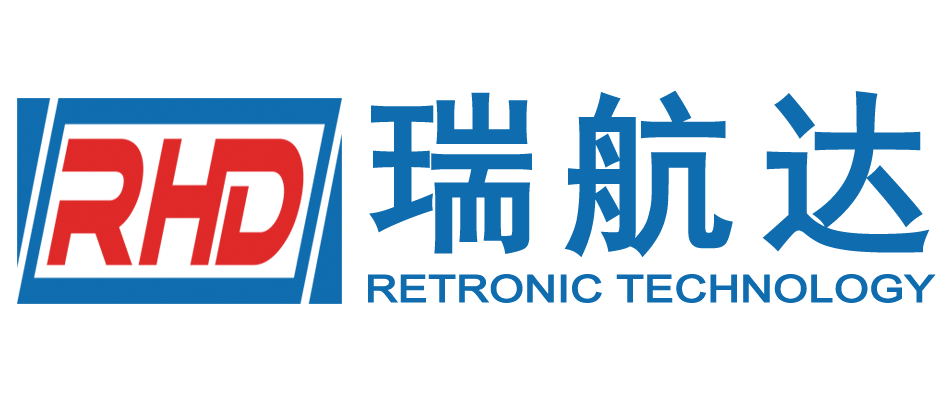
application area
Unmanned Aerial Vehicle
Unmanned Aerial Vehicle

Drone commonly uses chips including flight control chip, image transmission chip and processor chip. One, flight control chip, the flight control chip is an important chip for controlling and regulating the flight of a drone, responsible for controlling the drone's various states, actions, and stability of attitude. Common flight control chips include STM32, ATmega, and FMU. These chips have the characteristics of high performance, small size, and low power consumption, with multiple sensor interfaces and supporting various flight modes. Two, image transmission chip, the image transmission chip is the key chip for transmitting the images captured by the drone's camera to the ground control station, directly affecting the drone's visual performance. Common image transmission chips include HDMI, AV, and FPV. Among them, the HDMI chip has a fast transmission speed and can display high-definition images, suitable for long-distance, high-speed image transmission. Three, processor chip, the processor chip is an important part of the drone's control system and image processing system, controlling the entire drone's computing ability and processing speed. Common processor chips include ARM, Intel, and Nvidia. These chips have excellent data processing capabilities, good computing speed, and stable power consumption, making them an ideal choice for drone control and image processing. In summary, the chips used in drones include flight control chips, image transmission chips, and processor chips. These chips work together to provide the drone with intelligent control, high-definition image transmission, and powerful computing capabilities.

Drones are currently in the spotlight. First, from the application of drones. As the drone technology gradually matures, its application areas are also expanding. For example, in the civilian drone field, drones have applications in aerial photography, environmental monitoring, communication relay, disaster relief, agricultural pest control, power inspection, forest fire prevention, emergency communication, and drone logistics. Benefiting from the advantages of small size, high efficiency, strong adaptability, and diversified application fields, drones are playing an increasingly important role in both military and civilian fields. Second, the state actively supports the development of drones. As early as 2016, the State Council's "Five-Year Plan for the Development of Strategic Emerging Industries in the 13th Five-Year Plan Period" clearly proposed that drones should be one of the development priorities, and then a series of policies were introduced to encourage the development of the drone industry. Just recently, Premier Li Keqiang presided over a State Council executive meeting, which reviewed and approved the draft regulation on the flight management of unmanned aerial vehicles. The meeting encouraged local governments to formulate supporting policies in a targeted manner, to enhance policy synergy. The passage of this regulation means that China is accelerating the establishment and improvement of the drone flight management system, and at the same time driving the further integration and upgrading of the drone industry chain, and enhancing the comprehensive competitiveness of the drone industry.

Drone chips, it's time for China to step up. In terms of the application of drone chips, the opportunities for domestic chips are far greater than those of foreign chips, which is our advantage. Yang Jiong, an engineer at the Northwestern Polytechnical University Unmanned Systems Institute, once said: Most of the chips in a drone are low-end ones, and only a few are high-end ones. We only need 1 visual chip, 1 to 2 main control chips, but we need some power chips, as well as a huge number of interface conversion chips, and an enormous amount of resistors and capacitors. These interface and low-end chips can all be produced in China. But why do domestic companies lack the motivation? Because the profit margin is too low. Chinese chip companies are currently too small to produce them as a branch business like foreign large enterprises. Therefore, in order to solve the problem of self-developed core chips for drones, we need to increase market expansion and innovation efforts. According to the prediction of Frost&Sullivan, the scale of China's civilian drone market will reach 207.59 billion yuan in 2024. Of which, the industrial drone market scale will grow to 150.785 billion yuan, accounting for about 73% of China's civilian drone market scale, up from 19% in 2015. The annual compound growth rate from 2015 to 2024 is 54.52%. Now, demand is increasing and China's market advantage is becoming more prominent. Domestic chip companies should seize this opportunity proactively, find a breakthrough, accumulate profits, and then continuously iterate. There are already some companies that are engaged in the development of drone chips, such as RK Micro and Leadcore from China. In DJI's Phantom 4 drone, the LC 1860 solution from Leadcore was adopted, and this chip was also used in the first generation drone of Zero Tech. RK Micro also showcased a drone product based on the RK3288 chip in China. There are also companies that can provide performance-equivalent visual chips for deep learning and high-computation requirements. This industry is still in its infancy, and there are many possibilities for the future. For Chinese chip companies, the drone chip race presents a huge opportunity.
